John Young
Safety Zone
15th April – 22nd May 2010
Anna Schwartz Gallery
Safety Zone, John Young’s latest project presents a series of intricate paintings that reassemble historical reminiscences of human survival by linking experimental contemporary art with investigative visual reports, in historical photographs and documents.
This body of work draws attention to incidents across the city of Nanjing in Jiangsu, China, just moments before the onset of the Nanjing Massacre, which followed the capture of the city by Japanese Imperial Forces on 13 December 1937. In the six weeks following the invasion, a quarter of a million Chinese citizens were killed in what the American historian Iris Chang described as the ‘forgotten holocaust of World War II’.
Through Chang’s book, The Rape of Nanking, the world was introduced to the personal memoirs of foreigners living in Nanjing who had been working on creating a ‘safety zone’ that would protect 250,000 Chinese citizens from the invading Japanese troops. Two of the twenty-one foreigners who stayed in the city to help set up the Nanjing Safety Zone were the American missionary Minnie Vautrin and the German businessman John Rabe. Their experiences have been noted by Young, who travelled to Nanjing, Berlin and Heidelberg, conducting first hand interviews and research for this compelling multi-layered project which exemplifies the transformative function of art.
The installation Safety Zone consists of three series of works which reference acts of resistance by individuals to protect fellow human beings against these atrocities that were underpinned by autocratic regimes and nationalist ideologies.
In the Flower Market (Nanjing 1936) series, carefully painted spring flowers and bleached corals are superimposed over historical photographs taken in Nanjing a year prior to the massacre. The meticulously rendered impressions of logs in The Crippled Tree #1 & #2 provide another register to the memory of the event. According to Young, the battered and split logs, painted in the negative, resonate and recollect the violence done to the victims of the massacre.
The carefully assembled bank of 60 chalk drawings and digital prints that make up the centerpiece of Safety Zone provides an intricate understanding of the humanity that lies beneath this tragic event through the revelation of extraordinary acts of self-sacrifice.
Dr. Thomas J. Berghuis, Department of Art History and Film, The University of Sydney
Images
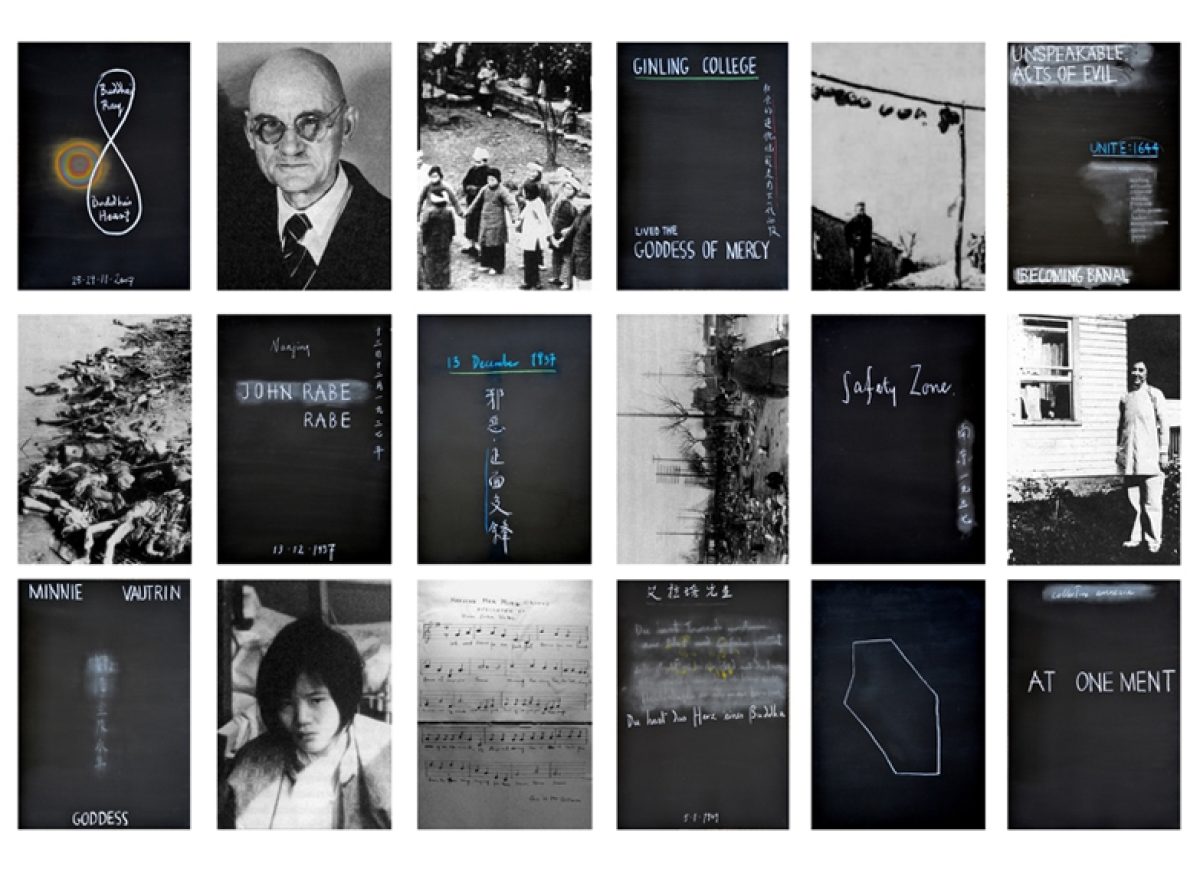
John Young
Safety Zone, 2010
Installation of 60 works, digital prints on photographic paper and chalk on blackboard-painted archival cotton paper
320 x 1590 cm
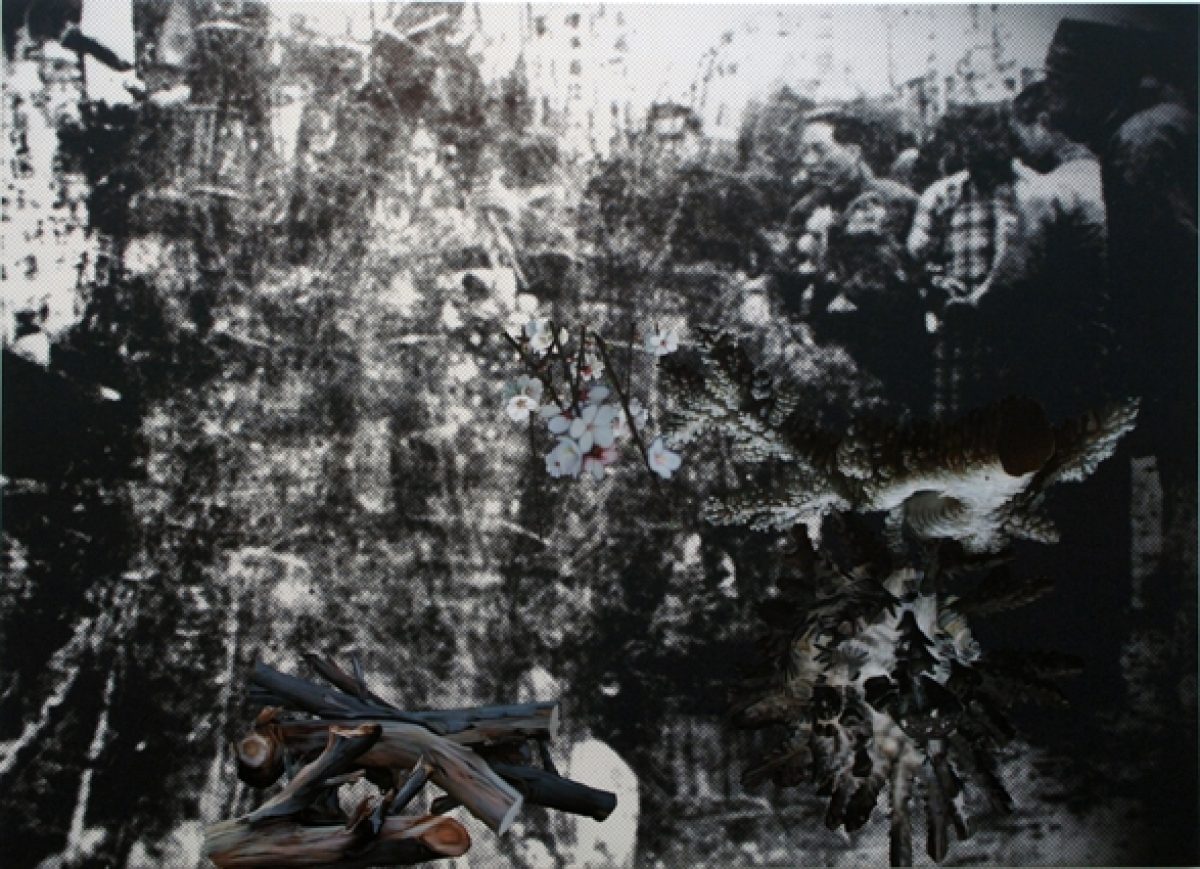
John Young
Flower Market (Nanjing 1936) #1, Digital print and oil on Belgian linen
240 x 331 cm
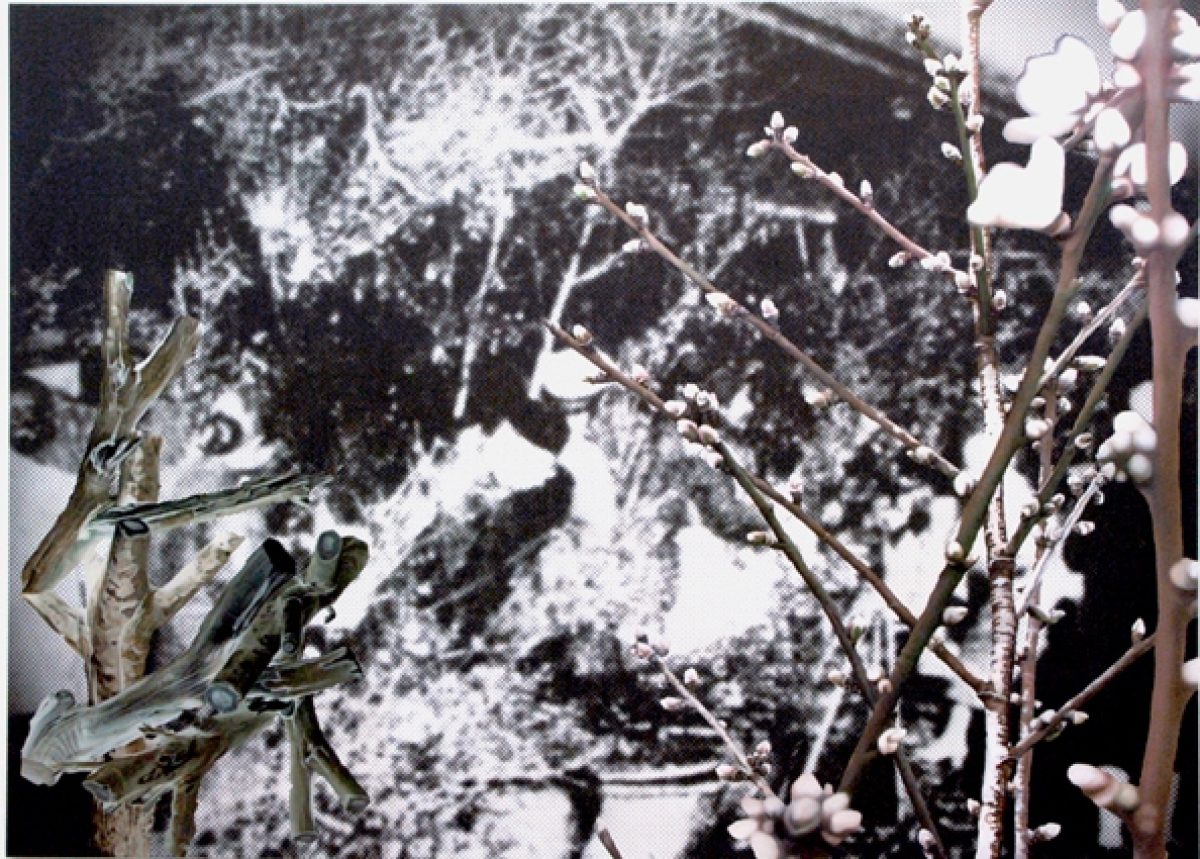
John Young
Flower Market (Nanjing 1936) #2, 2010
Digital print and oil on Belgian linen
240 x 331 cm
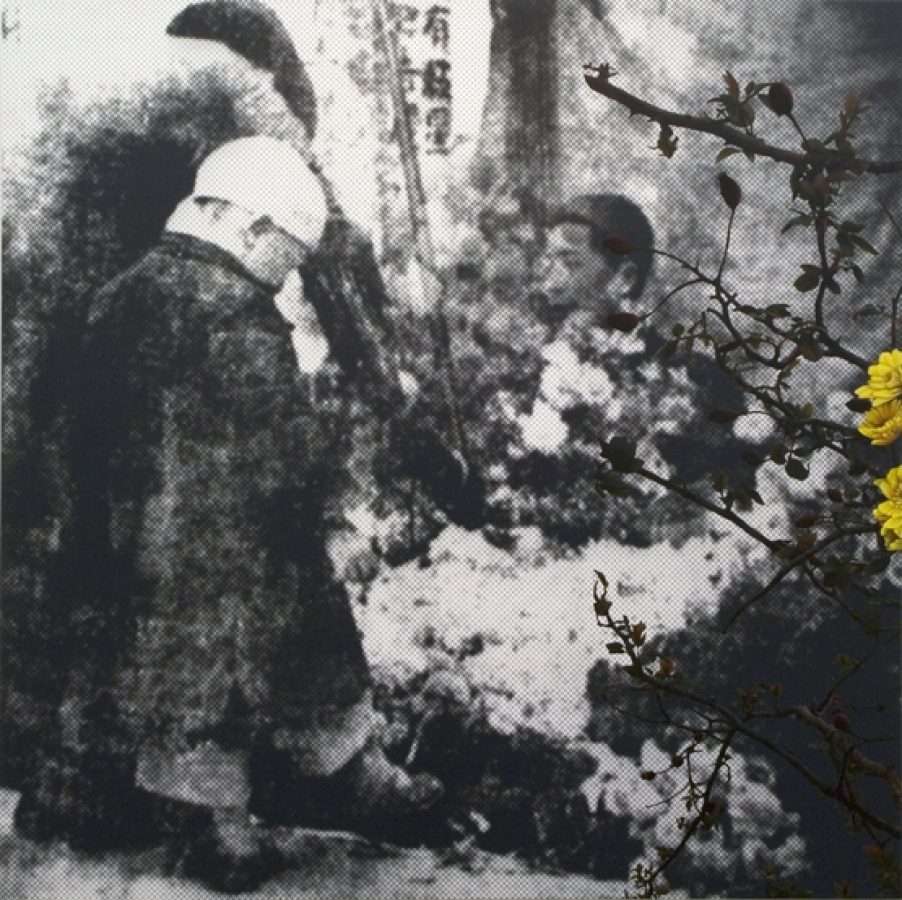
John Young
Flower Market (Nanjing 1936) #3, 2010
Digital print and oil on Belgian linen
240 x 240 cm
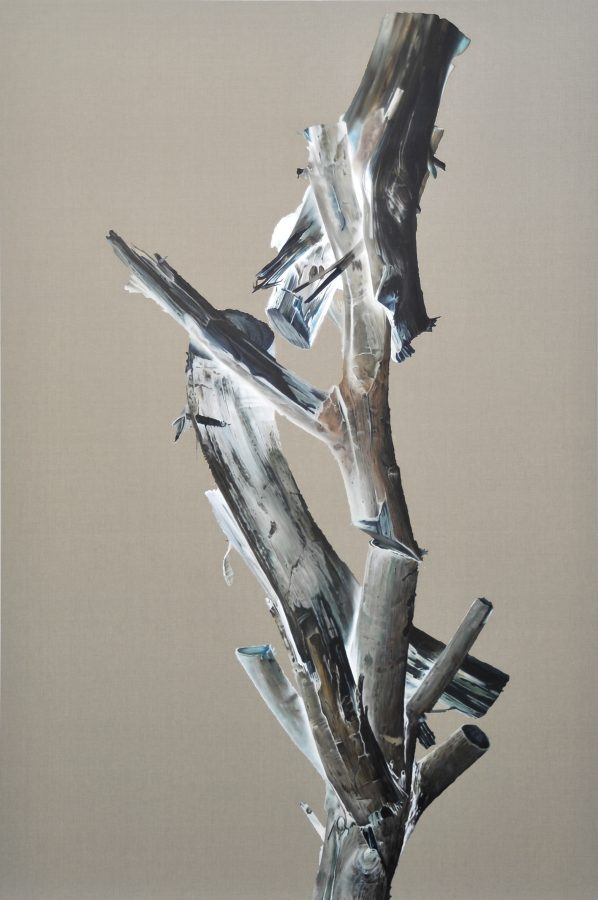
John Young
The Crippled Tree #1, 2010
Oil on linen
274 x 183 cm

John Young
The Crippled Tree #2, 2010
Oil on Belgian linen
274 x 183 cm





